Wake On Lan (WoL) is a feature that allows you to turn on your PC remotely by sending a network signal called a “ magic packet ”. This can be useful if you want to access your PC from another device, for example to use remote desktop software, or if you want to control your PC with voice commands via Google Assistant or Alexa.
To use Wake On Lan, you must have a PC connected to a router via an Ethernet cable , and a motherboard and network card compatible with this feature. Most modern motherboards and network cards are, but you can check in Windows 10 's device manager or your PC's BIOS.
In this article, we will explain to you how to activate Wake On Lan on Windows 10 in a few simple steps.
Step 1: Enable Wake On Lan of the network card
The first step is to enable Wake On Lan of the network card in Windows 10 . To do this, follow these instructions:
- Right-click the Start and choose Device Manager .
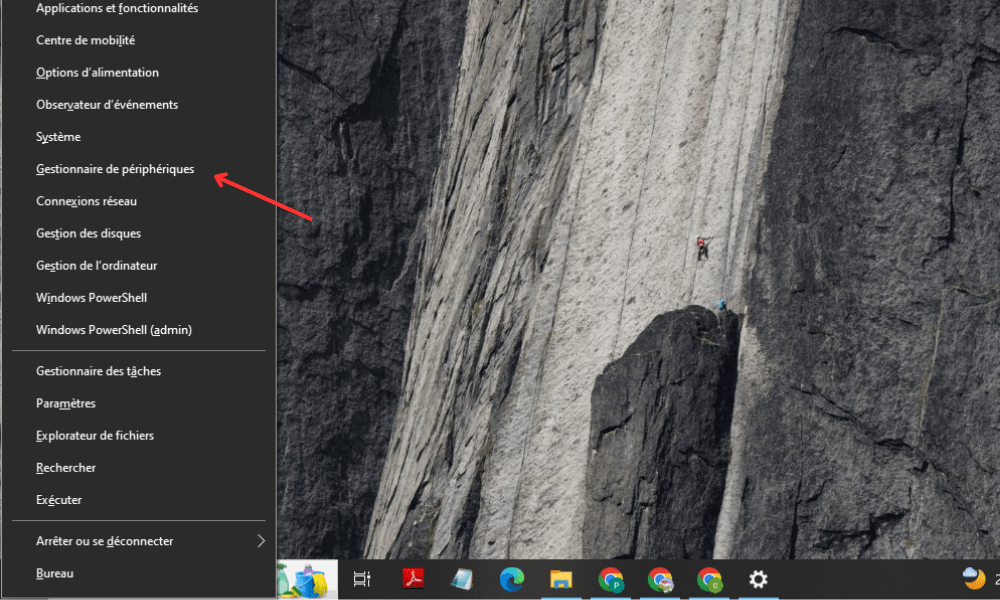
- Expand the Network Adapters and right-click on the network adapter you are using to connect to the router.
- Choose Properties and go to the power supply Management .
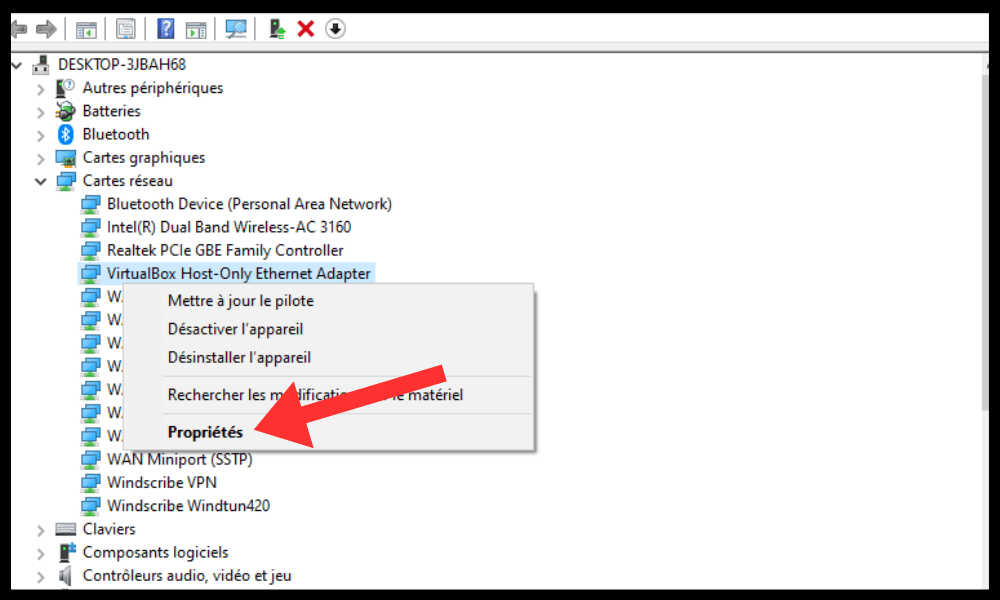
- Check the Allow this device to wake this computer from sleep mode check .
- Also check the box for Only allow one magic package to wake this computer from sleep mode .
- Click OK to validate the changes.
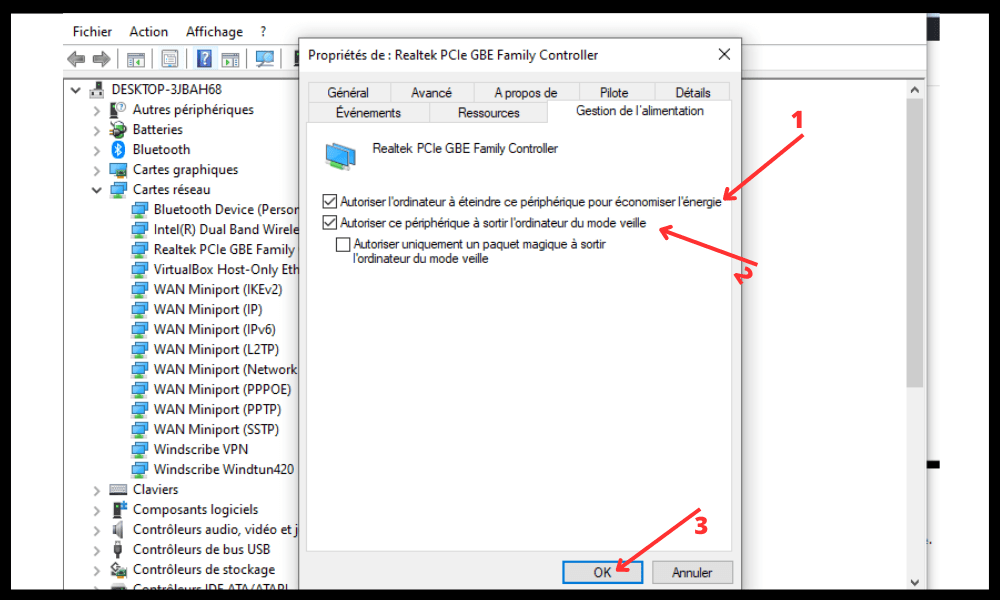
Step 2: Disable Fast Startup and Power Saving
The second step is to Windows 10 Fast Startup and Power Saver , as they may prevent Wake On Lan from working properly. To do this, follow these instructions:
- Right-click the Start and choose power supply Options .

- Click Additional system settings in the right pane .
- Click Change current mode settings .
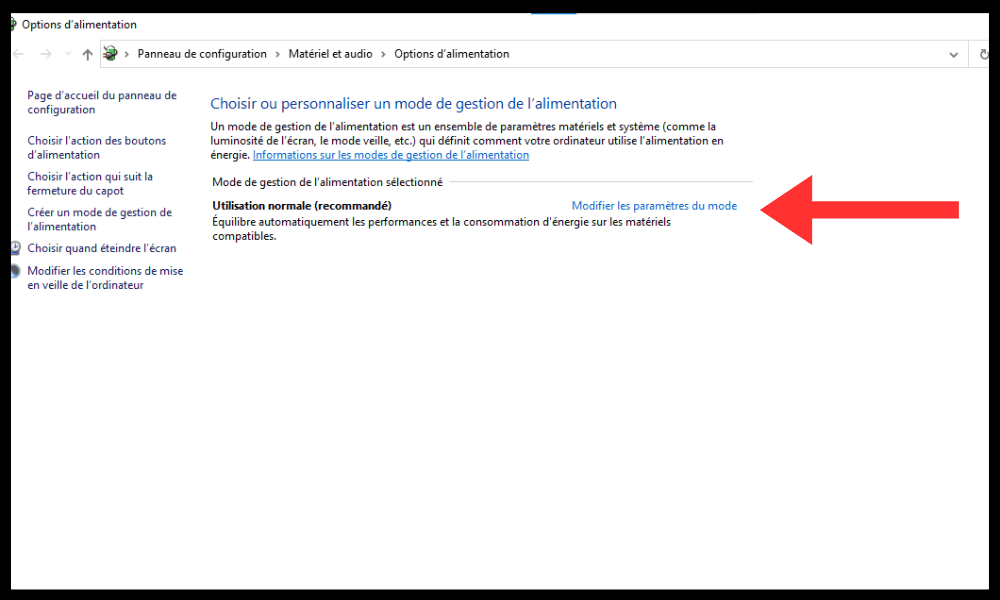
- Click advanced power supply settings .
- Expand the power supply Buttons and Cover and turn off the Enable Fast Startup .
- PCI Express Settings category and disable the Active State Power Management (ASPM) Link .
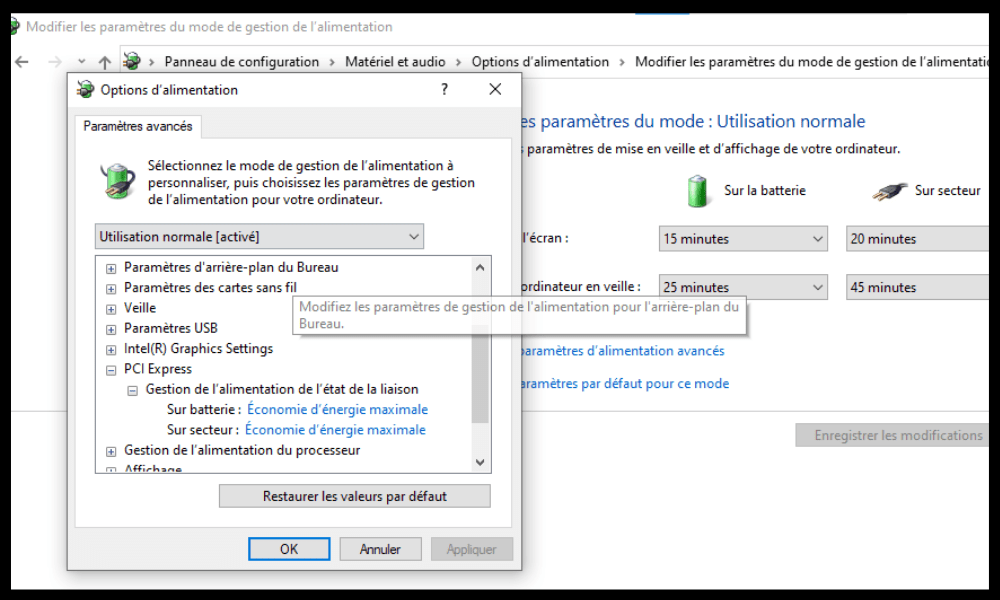
- Click OK to validate the changes.
Step 3: Configure BIOS
The third step is to configure your PC's BIOS to enable Wake On Lan . The BIOS is the software that manages the basic settings of your PC before Windows loads. To access BIOS, you need to restart your PC and press a specific key at boot time. The key varies between manufacturers, but is usually indicated on the screen (e.g. F2, F10, Delete… ).
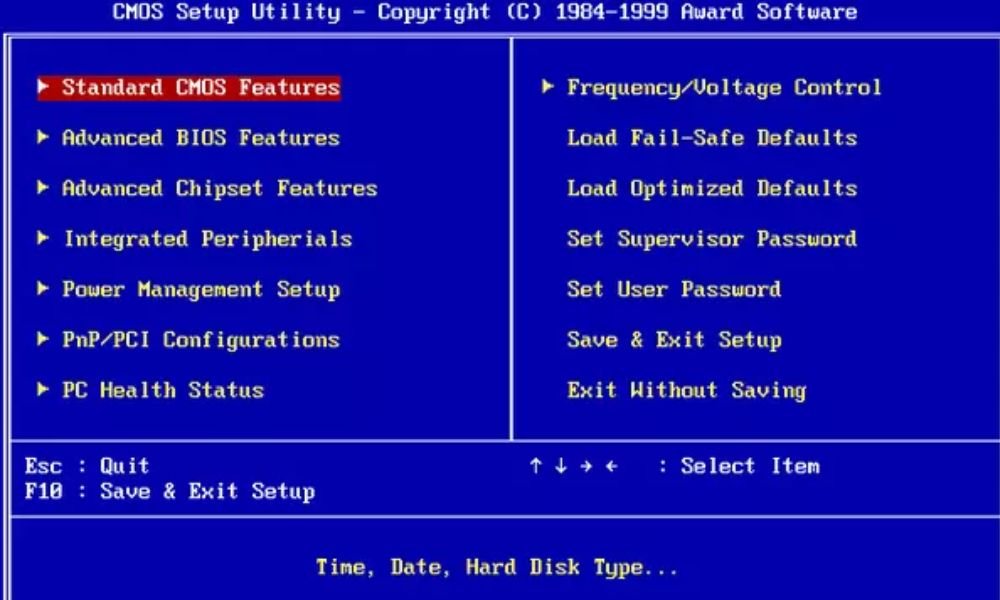
Once in the BIOS, you must look for an option related to Wake On Lan. It can be found in different sections depending on the model, but it is often named “ Wake On LAN ”, “ Wake On PCI ”, “ Power On By PCI ” or something similar. Enable this option and save the changes before exiting the BIOS.
Step 4: Send a magic packet to turn on your PC

The final step is to send a magic packet to turn on your PC remotely. The magic packet is a network signal that contains the MAC address of your network card. The MAC address is a unique identifier for your network card, which is in the form of a series of 12 numbers and letters separated by hyphens or colons (for example 00-11-22-33-44 -55 or 00:11:22:33:44:55 ).
To find the MAC address of your network card, you can right-click the Start button and choose Command Prompt. Then type the ipconfig /all command and locate the Physical Address line under your network adapter section.
To send a magic packet, you need another device connected to the same network as your PC, for example a smartphone, tablet or another PC. You also need to install an app or software that can send magic packets, like Wake On Lan for Android , Wake On Lan for iOS , or WakeMeOnLan for Windows .
Once you have installed the application or software, you need to enter the MAC address of your network card and the IP address of your PC. The IP address is an identifier of your PC on the network, which is in the form of four numbers separated by periods ( for example 192.168.1.10 ). You can find it by using the same ipconfig /all command as before, and locating the IPv4 Address line under your network adapter section.
If you can't find your PC's IP address, you may have a network connection problem. In this case, you can try to resolve the “Server IP address could not be found” error message by following the steps given here.
After entering the MAC address and IP address , you can send the magic packet with the press of a button. If everything is configured correctly, your PC should turn on remotely.
FAQs
Here are some frequently asked questions about Wake On Lan on Windows 10:
Does Wake On Lan work over Wi-Fi?
Yes, Wake On Lan can work over Wi-Fi if your wireless network card is compatible with Wake On Wireless LAN (WoWLAN) . However, Wi-Fi is less reliable than Ethernet cable for sending magic packets because it can be affected by interference, range, or router settings.
Does Wake On Lan work over the Internet?
Yes, Wake On Lan can work across the Internet if you know the public IP address of your router and configure port forwarding on it. The public IP address is the identifier of your router on the Internet, which may be different from the local IP address of your PC on the network. You can find it using a website like https://www.whatismyip.com/. Port forwarding is the process of routing magic packets from the external port of your router to the internal port of your PC . You need to consult your router manual to find out how to do this.
Is Wake On Lan secure?
Wake On Lan is not very secure, as there is no authentication or magic packet encryption . This means that someone who knows your PC's MAC address and IP address could potentially turn it on remotely without your consent. To avoid this, you can limit access to your network, use a VPN, or turn off Wake On Lan when you don't need it.
Does Wake On Lan use a lot of energy?
Wake On Lan consumes a small amount of power because it keeps the network card asleep even when the PC is turned off . However, the consumption is negligible compared to that of the PC when it is turned on. Wake On Lan can even save you power if you use this feature to remotely shut down your PC when you don't need it.
Does Wake On Lan work with all computers?
Wake On Lan works with all computers that have an ATX compatible motherboard and a WoL compatible network card . Most modern computers meet these criteria, but there may be exceptions. For example, some laptops do not have an Ethernet port and do not support WoWLAN. Some computers may also have specific settings in the BIOS or Windows that prevent Wake On Lan from working properly. You should therefore check that everything is configured correctly before using this feature.
Conclusion
Wake On Lan is a feature that allows you to turn on your PC remotely by sending a network signal called a “ magic packet ”. This can be useful if you want to access your PC from another device, for example to use remote desktop software, or if you want to control your PC with voice commands via Google Assistant or Alexa .
To use Wake On Lan, you must have a PC connected to a router via an Ethernet cable, and a motherboard and network card compatible with this feature. You must also enable Wake On Lan in the network card settings, power supply options and in the BIOS of your PC . Finally, you need to send a magic packet from another device using a dedicated app or software.
Wake On Lan is not without its drawbacks . It consumes a small amount of power , it is not very secure, and it may not work with all computers. So you need to weigh the pros and cons before using it.
We hope this article helped you understand how to activate Wake On Lan on Windows 10 and enjoy its benefits. If you have any questions or comments, please let us know in the section below.




